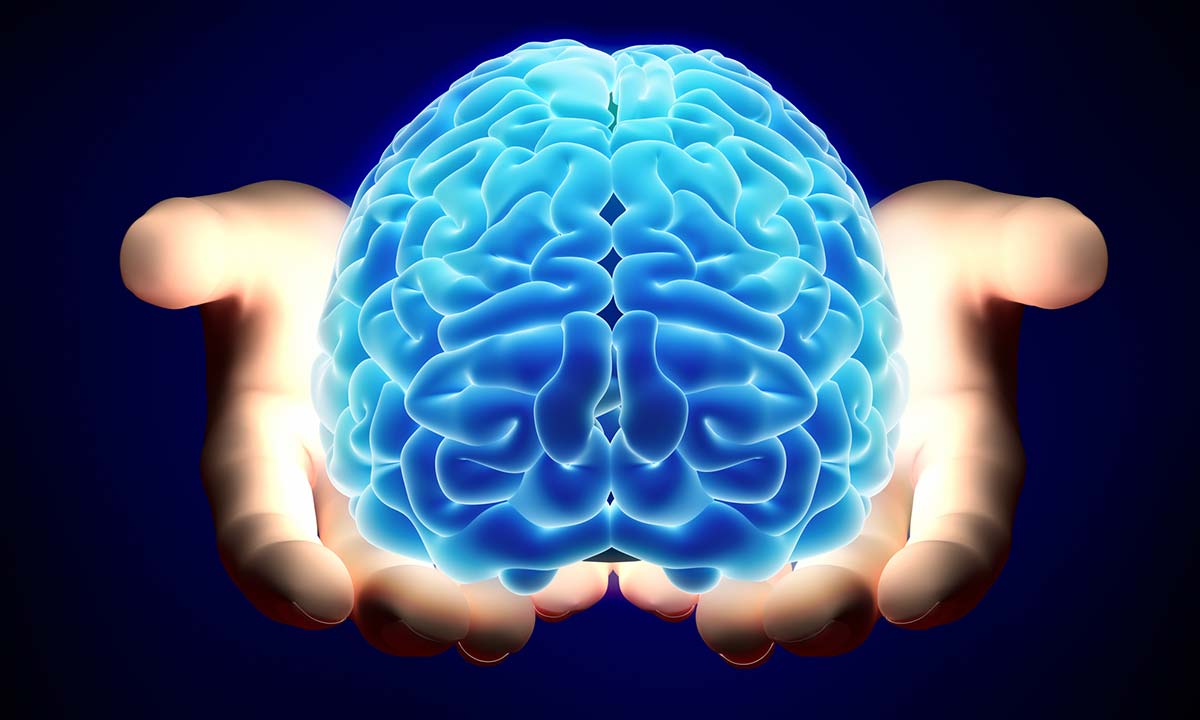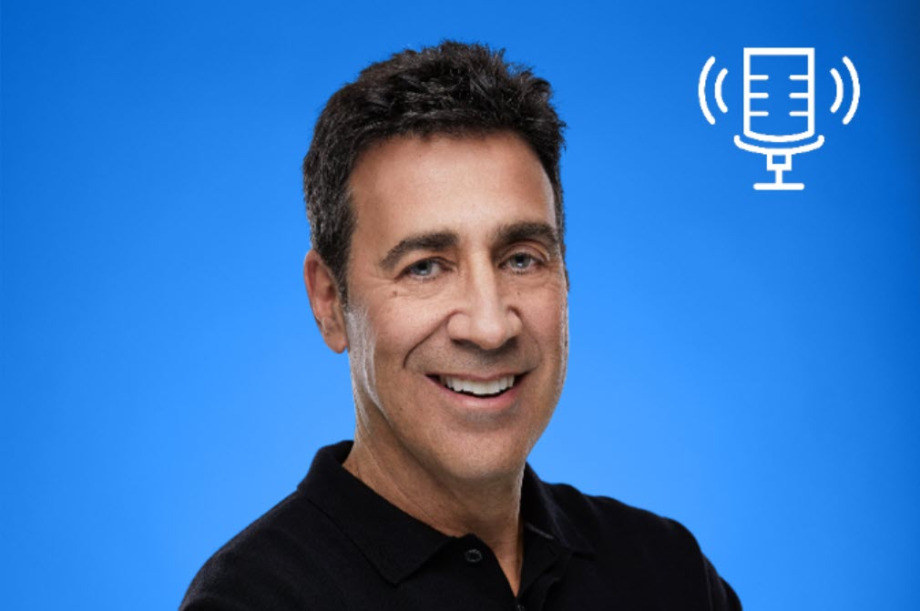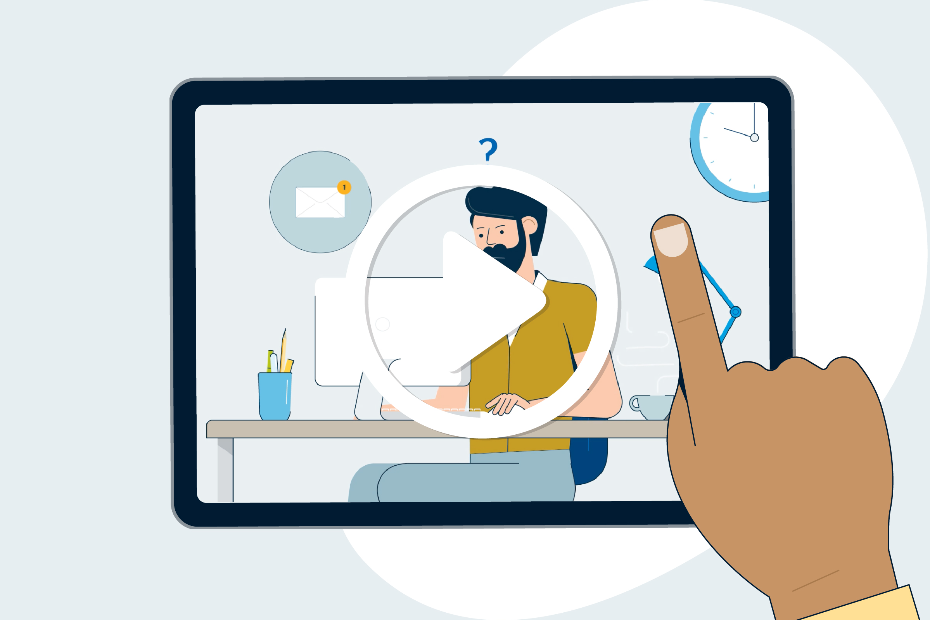At the June RBC Disruptors event, renowned physician and brain scientist Dr. Murali Doraiswamy discussed the impact of technology on our brains, as it relates to our mental health, neurological development, as well as the future ethical dilemmas that will take shape as technology and the brain become more closely entwined.
In this edition of the Technology and the Brain series, Dr. Doraiswamy’s insights, research and recommendations will be explored, as we try to identify the best path forward for a positive and constructive relationship between technology and mental wellbeing.
Canadians and Screen Time
When it comes to spending time in front of a screen, Canadians are racking up the hours. We spend an average of 3.5 hours a day on our smartphones,1 and adults spend over 11 hours a day interacting with media of some kind.2 The stats for children are all the more staggering, with 98 per cent of children under the age of eight spending two hours a day on a smartphone or tablet.
Should this rate of consumption worry us?
According to Dr. Doraiswamy, the answer is yes. While there is much debate, and a great deal of research left to do to understand exactly what technology is doing to the brain, there are definite mental health trends, symptoms and outcomes that directly relate to technology usage, which are cause for concern.
Four issues with Over-consumption
Several distinct mental health problems arise out of too much exposure to screens, apps, games, social media, and other online and mobile activities.
1. Addiction
Dr. Doraiswamy explains that interaction with our smartphones has given rise to classic signs of addiction.
Consider these symptoms:
- The need for an early morning “fix” – many of us are compelled to check our phones the moment we wake up
- Distress when taken away – this is an issue evident with children and teens, when disciplining parents attempt to curb usage
- Getting hooked on super-stimuli – Games feature over-the-top graphics that become standard viewing content
- Build-up of tolerance – and the resulting need for more stimuli to maintain a “high”
The consequences of this addiction mirror those of drug, alcohol and gambling addiction, including reduced focus, diminished attention span and a breakdown in meaningful relationships.
To further the parallel, Dr. Doraiswamy went on to explain that social media platforms leverage the same neural circuitry used by slot machines and cocaine to keep us using their products as much as possible. Not just figuratively, but literally. “Every notification is like a cocaine hit,” he pointed out.“We see this in brain studies.”
What’s more, in the 2013 update to the Diagnostic and Statistical Manual of Mental Disorders (DSM-5) internet gaming was labeled as a condition for further study. While not an official disorder yet, it was identified as one worthy of following closely.
2. Over-Magnification of Facts
It’s no real secret that many social media users tend to exaggerate – or even fabricate – experiences when posting them to their network. Social media enables users to create perfect, adventurous, fun, carefree, successful versions of themselves. So what’s the harm in that? As Dr. Doraiswamy points out, such exaggerated postings can lead to an acute sense of FOMO (Fear of Missing Out) and breed self-esteem issues among followers. What’s more problematic, however, is the ease in which users can post any event –a date, competition, performance or reckless moment – and share it with the world. What may have once been a private moment becomes easily magnified and amplified on social media, and consequences can be serious, including shaming, cyber-bullying and damaged relationships.
3. Self-Injury and Suicide Rates Among Youth
According to the Canadian Journal of Psychology, the number of Canadian youth admitted to emergency departments due to self-injury have doubled between 2009 and 2017. What’s more, suicide is one of the top killers of college students around the world.
While it’s impossible to draw a direct connection between tech and self-injury among youth, as Dr. Doraiswamy says, “social media can amplify negative events that can lead impulsive teens to reckless acts.”
4. Sleep Disruption
Dr. Doraiswamy asked audience members to raise a hand if they sleep with their smartphones in the same room. More than half the attendees had their hands in the air. When asked how many sleep with their phones under their pillow, and how many check their phones during the night, a notable number of hands stayed up.
He went on to explain that smartphone usage before – or during – bedtime – can lead to significant sleep disruption. Checking our phones raises our anxiety level and reduces our ability to rest our minds. And with less sleep, our ability to cope decreases, and our mood, memory and attention span suffer – all of which place strain on our mental well-being.
Technology for Good: How to Get on the Right Side of Tech
While there are indeed potential negative effects of technology on our mental health, there are a number of ways we can use technology for the good of our health.
What We Can Do
Dr. Doraiswamy recommended a few key strategies that can help us manage our technology usage and ensure we use its power for good:
- Balance screen time with real time – Step away from your screen, have a real-life conversation with someone (not just over social media).
- Recognize your real relationships, and connect with people who matter to you. “Every day, try to have one deep meaningful conversation with one person that’s close to you. Go for a walk with someone you deeply care about.”
- Get outside. “The best 3-D is in nature,” he pointed out. “The best rejuvenation is in nature. When you want to re-set your stress levels, you go to nature – it’s a remarkable way to reset your stress levels.”
- Put your phone to bed. “Tuck it in at least an hour before bedtime – in another room.” And please don’t sleep with your phone.
- Spend at least 10 per cent of your day on something that brings you happiness.
What the Industry Can Do
On the flip side, Dr. Doraiswamy believes that tech companies have a duty to society, given the amount of time individuals – and youth in particular – are spending on their sites. Fortunately, tech companies are responding, and systems have been developed to help handle mental health issues.
For instance, there are Artificial Intelligence (AI) algorithms that can detect and predict suicidal thoughts and tendencies on social media. In fact, Facebook has an entire team and systematic process set up to deal with it. “But I think the real way to do this,” Dr. Doraiswamy said, “is that there needs to be a private/public partnership where these tech companies come together with academic thought leaders, patient communities and advocacy groups, and come up with not a black box but a transparent algorithm so that it put’s a persons’ well-being first.”
There are also chatbots and avatars available for non-judgmental therapy. Studies have found that people are more willing to reveal themselves to an avatar than a live therapist who will intrinsically harbor judgment. Leveraging such advances can help improve one’s mental health, rather than the other way around.
Technology has the power to do great things, but as a society we need to use it wisely to create and promote good in the world. It takes leaders like Dr. Doraiswamy to educate us on how to best leverage tech, the and the collaboration of our friends, colleagues, family and communities to ensure we balance the real world with the internet world, and use technology to our advantage.
Read more insights shared at the recent RBC Disruptor Series around Technology & The Brain.
Sources:
1 – ComScore Global Mobile Report, 2018
2 – Psychology Today, December 26, 2018 (https://www.psychologytoday.com/ca/blog/tech-happy-life/201812/how-much-screen-time-is-too-much)
This article is intended as general information only and is not to be relied upon as constituting legal, financial or other professional advice. A professional advisor should be consulted regarding your specific situation. Information presented is believed to be factual and up-to-date but we do not guarantee its accuracy and it should not be regarded as a complete analysis of the subjects discussed. All expressions of opinion reflect the judgment of the authors as of the date of publication and are subject to change. No endorsement of any third parties or their advice, opinions, information, products or services is expressly given or implied by Royal Bank of Canada or any of its affiliates.



















